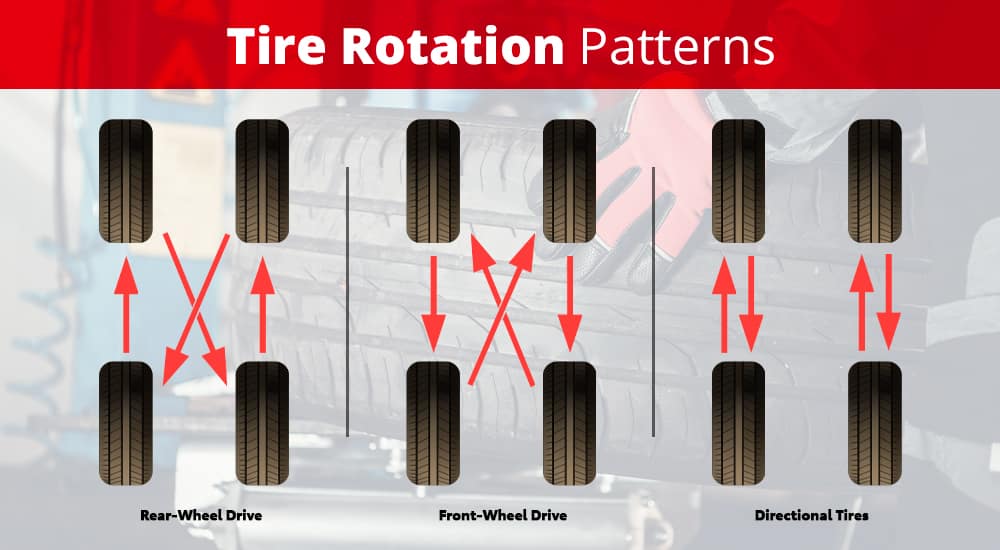Calculate Out-The-Door Price
close
Tires
You care about your car and know it’s important to have your tires rotated at regular intervals. You also know that getting this done evens out tire wear, which means better handling and traction for you. But what exactly are “regular intervals”? Learn how often you should get a tire rotation, what's typically involved in the service, and how it can save you from having to buy new tires down the road. That's more money in your pocket for the things you care about!
Most vehicle manufacturers recommend that you get your tires rotated approximately every 7,500 miles or six months.
However, some vehicles are exceptions and it’s always best to refer to your owner’s manual. This number can change depending on how, where, and what you drive. Simplify things by making it a habit to get your tires rotated every time you get your oil changed.
Tire rotation consists of switching the front and rear tires. It’s crucial to do this because the drive tires (i.e. front tires in front wheel drive vehicles) work harder than the others. If you don’t swap them out, these tires will wear down faster. By rotating your tires, you distribute the burden among all four tires and ensure they wear down evenly. Take a look at the tire rotation pattern below and you'll see! At Firestone Complete Auto Care, our expert technicians remove, swap, and remount your tires so they live longer and drive safer.

Regular tire rotations reduce your risk of various tire problems—most obviously, a tire failure or blowout. By regularly rotating your tires, you’ll be less likely to experience those, reducing your risk for an inconvenient and even potentially dangerous situation. Tire rotations also help improve traction and fuel efficiency by ensuring your vehicle's tires wear down evenly. This increases the lifespan of your tires, meaning you’ll save money in the long run.
Getting your tires rotated is key to getting the best performance from both your tires and your vehicle. If you can't remember the last time you had your tires rotated, there's a pretty good chance they're overdue for this important service. Make an appointment for a tire rotation at your local Firestone Complete Auto Care today! We’ll get you rotated and rolling in no time.
Schedule
Tires
Tread wear, your tires exposure to the elements, and tire age may all be contributing factors to your needing new tires. Read on to learn how to tell.
Read on to learn how to tell.
Read More
Tires
Firestone tires create a whole new driving experience. Learn about the technology of our tires that improves driving on straightaways and handling ability.
Read More
Tires
Tires are an investment & you want them to last. Here are some tire care tips to help you get the most out of your tires & info on our free inspection
Read More
LOAD 3 MORE
SHOWING 6 OF 12
Tires
Winter tires are your key to safe driving in the cold, but why? Stay informed to stay safe, with these 6 essential facts from Firestone Complete Auto Care.
Read More
Tires
Here's what you need to know about changing out your tires for winter! Stay safe on the road and ahead of the winter rush with Firestone Complete Auto Care.
Read More
Tires
Yes, there is a right way to store tires! Help your tires live their longest life by following these easy storage steps, from Firestone Complete Auto Care.
Read More
{{storeNumber}}
{{storeName}}
{{link-icon "Call Us" mobileCallLink null "call-cta"}} {{link-icon "Directions" directions "_blank" "directions-cta"}}
{{address}}
{{city}}, {{state}} {{zip}}
{{#if activeFlag}} {{#ifCond mystore "or" myPreferredStore}} {{#ifCond storeType 'eq' "TPL"}}
*Call store for appointment {{phone}}
{{else}} {{#if onlineAppointmentActiveFlag }}
{{#if myPreferredStore}}
{{else}}
*Call store for appointment {{phone}}
{{/if}} {{/ifCond}} {{else}} {{#ifCond storeType 'eq' "TPL"}}
*Call store for appointment {{phone}}
{{else}}
Schedule Appointment {{#if onlineAppointmentActiveFlag}} {{else}}
*Call store for appointment {{phone}}
{{/if}}
{{/ifCond}} {{/ifCond}} {{else}}
*Temporarily Closed Due To: {{temporarilyClosedReason}}
{{/if}} {{#if isMilitaryStore}}
*This location is on an active US military base.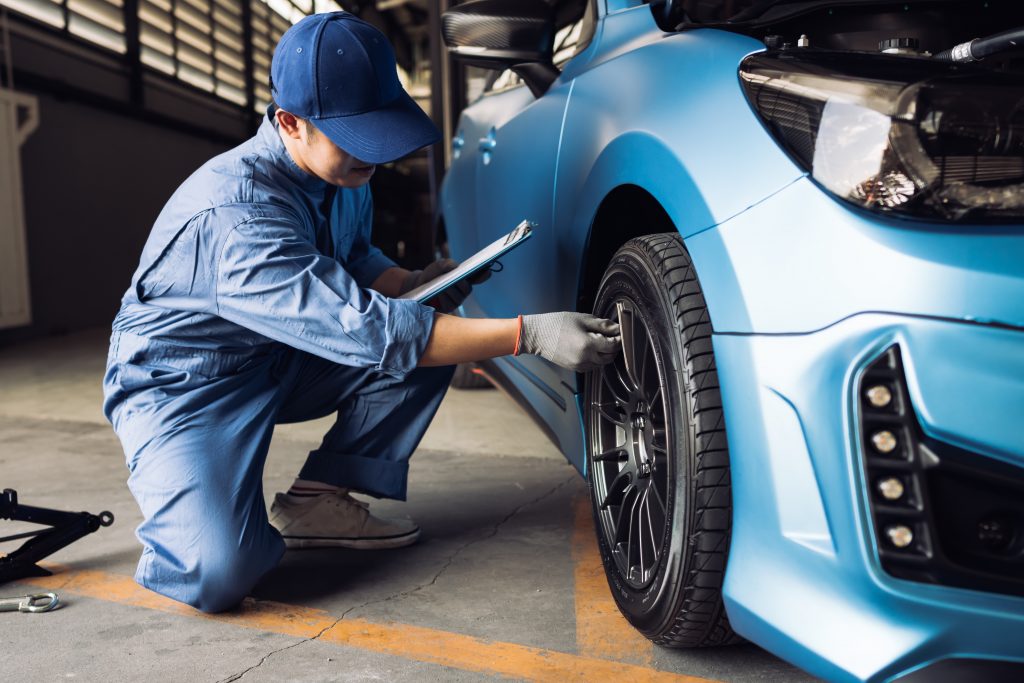 You may need military ID to access the location.
You may need military ID to access the location.
{{/if}}
{{#ifCond count 'eq' "3"}} Show More Stores {{/ifCond}}
For everything you need to know about buying and maintaining tires, click here.
Quick, name the top two safety features on your car, truck, or SUV. Chances are good that tires didn't factor high among the answers. But tires are your vehicle's sole connection to the road. You need to know one of the simplest things you can do to take care of them, so they can take care of you: periodic tire rotation.
"Most drivers don't pay attention to their tires," says Matt Edmonds, executive vice president at the Tire Rack, the largest online marketplace for tire sales in the United States.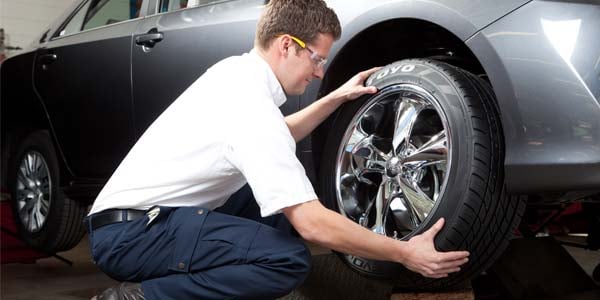 While tires are his business, Edmonds is under no illusion that tire rotation, a vitally important safety check, is going to get pulses racing.
While tires are his business, Edmonds is under no illusion that tire rotation, a vitally important safety check, is going to get pulses racing.
That's because car tires can seem, well, kind of boring. Most drivers tend not to notice them unless they get a flat. Tires don't have the panache of self-driving technology, the excitement of rubber-burning horsepower, or the feel-good factor of automated emergency braking and blind-spot-monitoring systems.
Too bad, because tire rotation is important when it comes to maintaining the performance and safety of your vehicle. Your tires are, quite literally, where the rubber meets the road, as your tires' contact patches with the pavement are in use during every single drive, in all weather conditions. Well-cared-for tires keep you safe.
Tire Rack
Buy Now
Tire Rack
Buy Now
Tire Rack
Buy Now
Tire Rack
Buy Now
Depending on whether the vehicle you're driving is front-, rear-, or all-wheel drive, the tires will wear at different rates. The driven wheels have more work to do and often exhibit quicker rates of wear. A front-wheel-drive car, for example, uses its hard-working front wheels to steer, brake, and put the power down to the pavement (all while carrying the added weight of a front-mounted engine and transaxle).
The driven wheels have more work to do and often exhibit quicker rates of wear. A front-wheel-drive car, for example, uses its hard-working front wheels to steer, brake, and put the power down to the pavement (all while carrying the added weight of a front-mounted engine and transaxle).
“By rotating your tires, you give the tires a chance to even out their wear and get extended life out of your tires,” Edmonds explains. He recommends having your tires rotated about every 3000 to 5000 miles, or at least every time you go in for an oil change. If your owner's manual states that your car doesn't need new oil that frequently, then plan on a tire rotation at least once every six months.
Rotating your tires evens out the wear and makes them last longer.
Proper rotation not only helps even out wear and extend the life of your tires, it provides the perfect opportunity to make certain all four wheels are in good working order.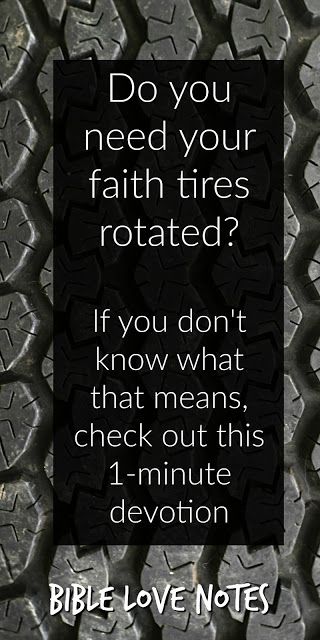 “As we're coming out of winter and going into spring, it's a good time to inspect the tires' outside and inside shoulder for damage, particularly from potholes,” Edmonds says. It's also a good time to check the condition of your wheel rims, which can be bent by hard impacts with potholes—sometimes only on the inboard side of the rim, where you can't easily see it.
“As we're coming out of winter and going into spring, it's a good time to inspect the tires' outside and inside shoulder for damage, particularly from potholes,” Edmonds says. It's also a good time to check the condition of your wheel rims, which can be bent by hard impacts with potholes—sometimes only on the inboard side of the rim, where you can't easily see it.
Two common tire problems that might surface during an inspection include cupping and blistering of the sidewall.
Getty Images
Tire cupping, Edmonds explains, is more common in older vehicles with suspension systems that are aging and in need of repair. This issue presents itself via uneven wear patterns in the tread, which, if ignored, could significantly affect a vehicle's ride, steering, and braking ability while also wearing out tires prematurely.
A blistered sidewall—literally, a bulge in the sidewall—might result from slamming into a deep pothole. "A tear might occur inside the tire when that tire gets pinched. The air could then get into the structure of the tire, and you get a blister," Edmonds says. If unseen or left undiagnosed, this problem could result in a flat tire or a blowout that could cause a serious accident. We suffered 10 pothole-related tire failures recently with one of our long-term test cars, a 2017 Jaguar XE, over the course of its 40,000-mile stay, due to Michigan's cratered road surfaces.
"A tear might occur inside the tire when that tire gets pinched. The air could then get into the structure of the tire, and you get a blister," Edmonds says. If unseen or left undiagnosed, this problem could result in a flat tire or a blowout that could cause a serious accident. We suffered 10 pothole-related tire failures recently with one of our long-term test cars, a 2017 Jaguar XE, over the course of its 40,000-mile stay, due to Michigan's cratered road surfaces.
According to the Tire Industry Association, three tire-rotation patterns cover most of today's vehicles, as long as they are fitted with equal-size tires front and rear and those tires are not unidirectional (meaning they have to rotate in only one direction to function properly).
Rotation pattern for front-drive vehicles: Swap the front tires straight to the rear position on the same side. Take the rear tires and move them to the opposite front corner (e.g., the right rear tire gets moved to the left front).
Take the rear tires and move them to the opposite front corner (e.g., the right rear tire gets moved to the left front).
Getty Images
Rotation pattern for rear-drive vehicles: Move the rear tires straight to the front, then move each front tire to the opposite rear corner (for example, move the right front to the left rear).
Rotation pattern for all-wheel-drive vehicles: Crisscross all four tires (move the right front to the left rear, the left front to the right rear, the left rear to the right front, and the right rear to the left front).
By the way, rugged-looking SUVs may be all the rage, but having a vehicle with all-wheel drive doesn't mean you're immune to tire-rotation maintenance. "That is a common misconception," says Edmonds, regarding the idea that all-wheel-drive vehicles automatically have tires that wear more evenly. "All-wheel-drive systems don't always drive all the wheels all the time," he explains, adding that transfer cases and electronically controlled differentials can shift power between the front and rear wheels, depending on the conditions and the drive mode that's been selected. And a vehicle's inherent weight difference between the front and rear can also affect tire wear.
And a vehicle's inherent weight difference between the front and rear can also affect tire wear.
Extra attention needs to be paid when it comes to vehicles with different wheel sizes at the front and rear and those fitted with unidirectional tires—tires that are designed to rotate in one direction only. In many cases, this setup is used on high-performance vehicles, and tire-rotation patterns need to be adjusted to suit. In fact, some of these staggered-tire packages, as they are called, cannot be rotated unless the tires are dismounted and then remounted on the opposite-side wheels. In some cases it may not be worth the time, money, or trouble to rotate the tires.
If you have any doubts about correct tire rotation, consult the owner's manual, inquire at a dealership, or talk to an expert who is familiar with your vehicle and its tires. But whatever you do, rotate them if possible. At the very least, it'll help your tires last longer and will save you money.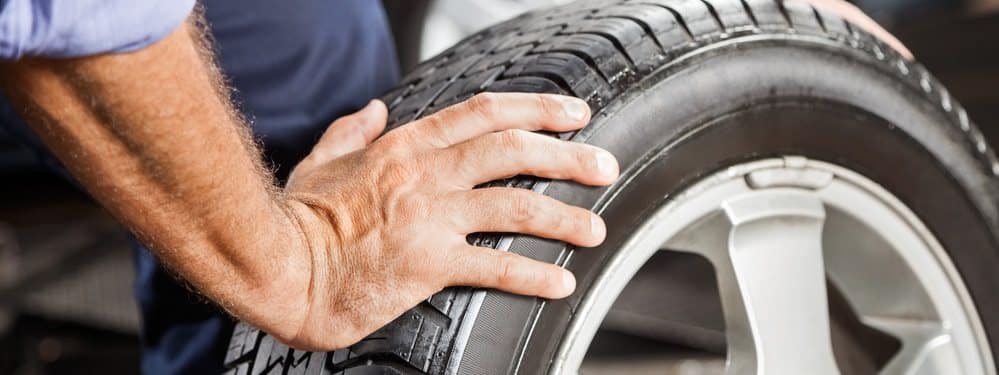
Now 28% Off
$100 at Amazon
Now 15% Off
$29 at Amazon
Now 22% Off
$70 at Amazon
$70 at Amazon
This content is imported from OpenWeb. You may be able to find the same content in another format, or you may be able to find more information, at their web site.
0003Related materials
7 rubber signals: what the tire says about car problems
How do you know when tires are completely worn out and it's time to change them? Everything is simple. For summer tires, the limit is 1.6 mm of residual tread depth, and for winter (or all-season tires used in winter) - 4 mm. Modern summer tires can travel from 40,000 to 70,000 km, depending on driving style and vehicle characteristics. An average motorist rolls such a mileage on summer tires in 2-3 seasons. Moreover, wear implies not only a decrease in tread depth. For millions of cycles of deformation, the strength of the carcass and its adhesion to the layers of the rubber compound are violated. In short, every 2-3 years you should buy a new set of tires. nine0003
An average motorist rolls such a mileage on summer tires in 2-3 seasons. Moreover, wear implies not only a decrease in tread depth. For millions of cycles of deformation, the strength of the carcass and its adhesion to the layers of the rubber compound are violated. In short, every 2-3 years you should buy a new set of tires. nine0003
In case of irreparable damage to one of the tires and a relatively high total mileage of the kit, it is also worth considering replacing it. Well, or about buying at least a pair of new tires, which, for any type of drive, should be installed on the front axle. We put two tires back - the most decent of the remaining ones.
Many motorists drive only a few thousand kilometers a year. This does not mean that the tires will serve you for several decades. According to Russian requirements (GOST 4754-97), the service life of passenger car tires is 5 years from the date of manufacture. And for example, Continental recommends that all car tires (including the spare tire) older than 10 years old should be replaced with new ones. Therefore, with small runs, you can navigate for ten years. The date of manufacture of the tire is indicated on the sidewall. Usually it is an oval with four numbers. The first two are the ordinal number of the week in the year, the last two indicate the year.
Therefore, with small runs, you can navigate for ten years. The date of manufacture of the tire is indicated on the sidewall. Usually it is an oval with four numbers. The first two are the ordinal number of the week in the year, the last two indicate the year.
Related materials
How to change the car yourself - detailed instructions
Tires should be rotated periodically in accordance with the vehicle manufacturer's recommendations - information on this can be found in the owner's manual.
We can advise you to carefully use the tires and, most importantly, to store them correctly in the off-season. First of all, during storage, it is important to exclude direct sunlight from hitting the tires, which greatly age the rubber. Tires without rims should be placed vertically, and stacked on rims. nine0003
And before installing tires on a car at the beginning of the season, evaluate their condition. There should be no cracks in the tread and sidewalls. The tire should not be dry, it should remain rubbery and not look like baked plastic.
There should be no cracks in the tread and sidewalls. The tire should not be dry, it should remain rubbery and not look like baked plastic.
Related materials
Driving on badly worn tires - will I be fined or not?
Winter tires have a much shorter life span. They almost always fail due to the wear of the treadmill, because the tread of a new tire is 7–8 mm, and only 3–4 mm remain working height. If the tires are studded, then with such wear there are very few metal elements left, and the tire will not provide adequate safety when driving on a winter road. However, not only spikes, but also Velcro, with such a degree of wear, also lose most of their capabilities. nine0003
The real life of winter tires rarely exceeds 30,000 km. "Bald" winter tires without studs can be re-rolled in summer, but their grip on hot road surfaces will be very poor. This must be taken into account, especially when braking.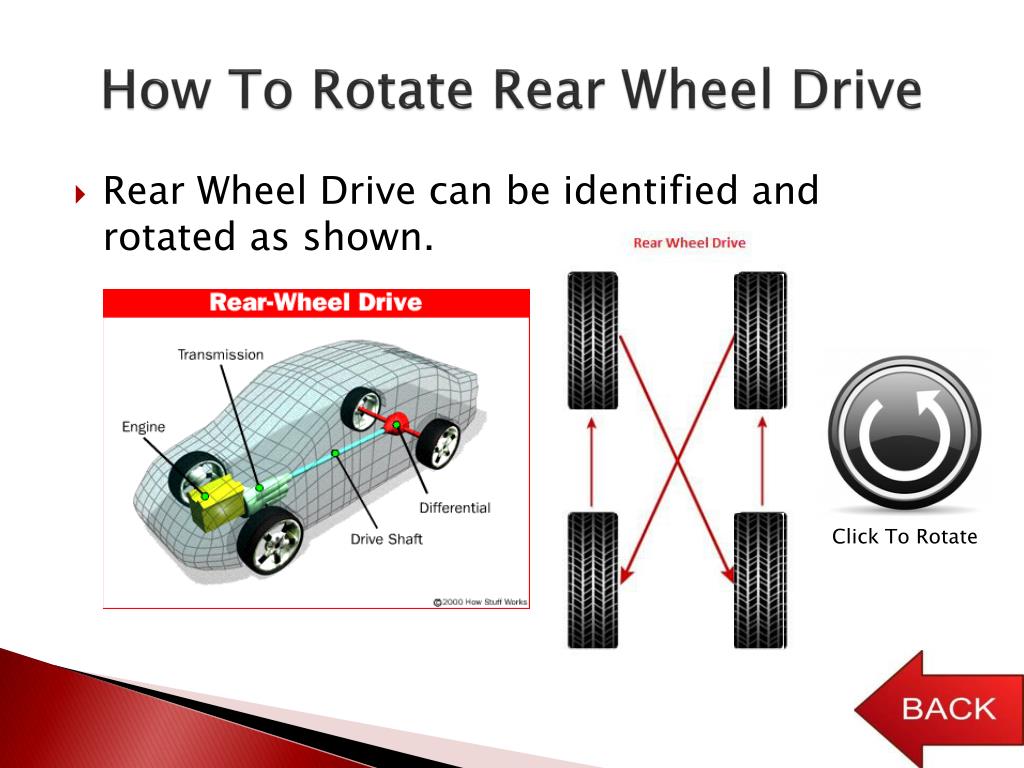
***
So: tires that have not yet worn out along the tread (that is, up to 1.6 mm tread depth for summer tires, 4 mm for winter tires) are changed either ten years after the date of issue, or when the rubber layer cracks tires or damage. nine0003
Our new video
Test of Haval Dargo and Mitsubishi Outlander (video)
The story stopped there: the test of the last Volga
5 meters, 9 seats, boosted engine... is that Lada? Yes!
Did you like the note? Subscribe and you will always be in the know!
Driving in Zen
News smi2.ru
Photo: www.videoblocks.com
A set of tires bought new can last up to 80,000 kilometers or more on your car. It is clear that for such a run, the rubber needs to create ideal working conditions.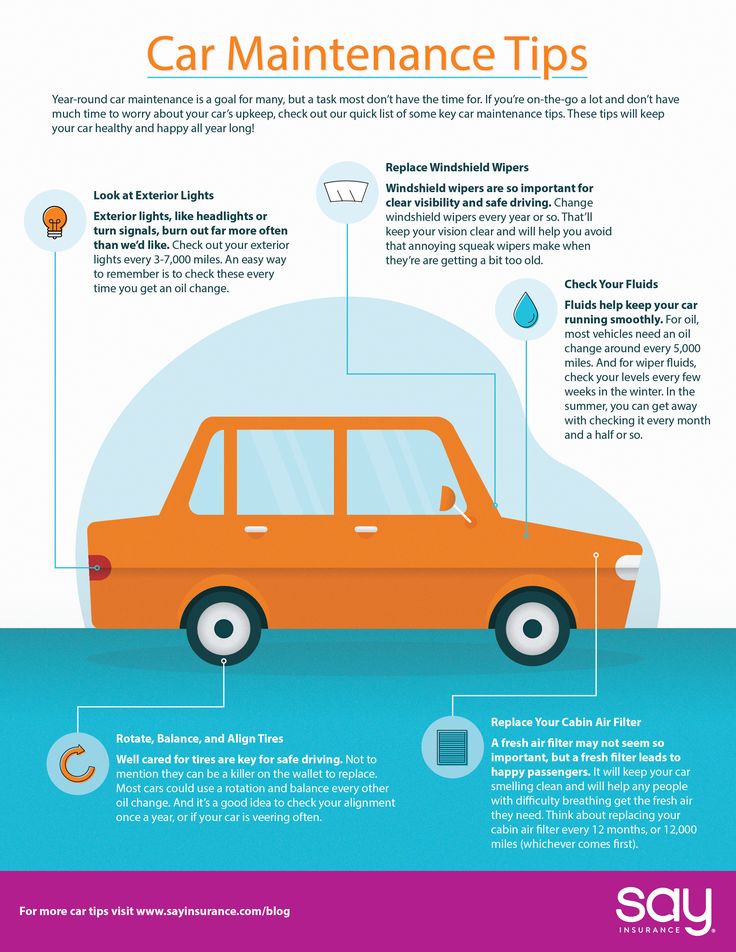 But it is easy to extend their service life to 30,000-40,000 km, it is enough to follow the simple rules for rotating tires.
But it is easy to extend their service life to 30,000-40,000 km, it is enough to follow the simple rules for rotating tires.
Eduard Raskin
Of course, the duration of the safe operation of tires depends on many factors. Of great importance is the class of the vehicle, your driving style, the type of tires used and the general technical condition of the car. It is clear that it is impossible to compare the service life of tires for a slow-moving summer resident who leaves the garage a couple of times a year, and for a street racer, which blows smoke from under the wheels in vain. The degree of wear of suspension elements such as ball bearings, bushings, shock absorbers, correctly set camber, and tire pressure are also important. nine0003
In addition, there is another way to extend the life of your tires - periodically change the wheels in places. Recently, for some reason, they forgot about him, although in former times this was an immutable rule.
Photo: www.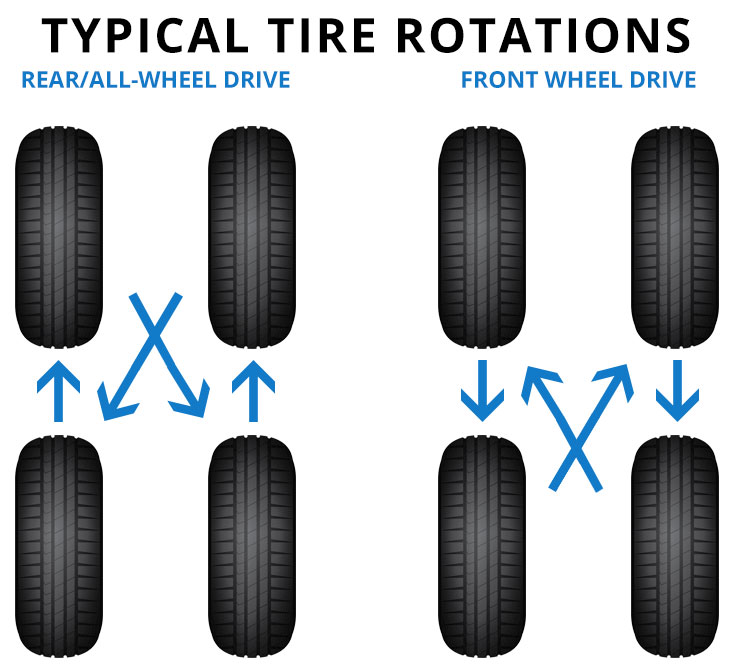 bmw-post.com
bmw-post.com
The fact is that different forces act on different wheels, and this, of course, leads to significant differences in wear. For example, the front tires bear most of the weight of the car due to the fact that the vast majority of cars have a heavy engine there. In addition, they account for up to 80% of the weight during emergency braking. Finally, when turning, the drive wheels turn, which also leads to their rapid and uneven wear. nine0003
If the front tires wear the tread edges the fastest, then the middle part of the rear tires. Swapping shoes from back to front and, accordingly, vice versa, will allow the rear tires to wear out on the sidewalls, and the front tires along the plane. This extends the service life of the kit, reduces noise and vibration.
Of course, if you have extra money, you can simply change the front tires after they wear out, since this will have to be done twice as often as with the rear. Thus, you will have to buy six tires instead of four.